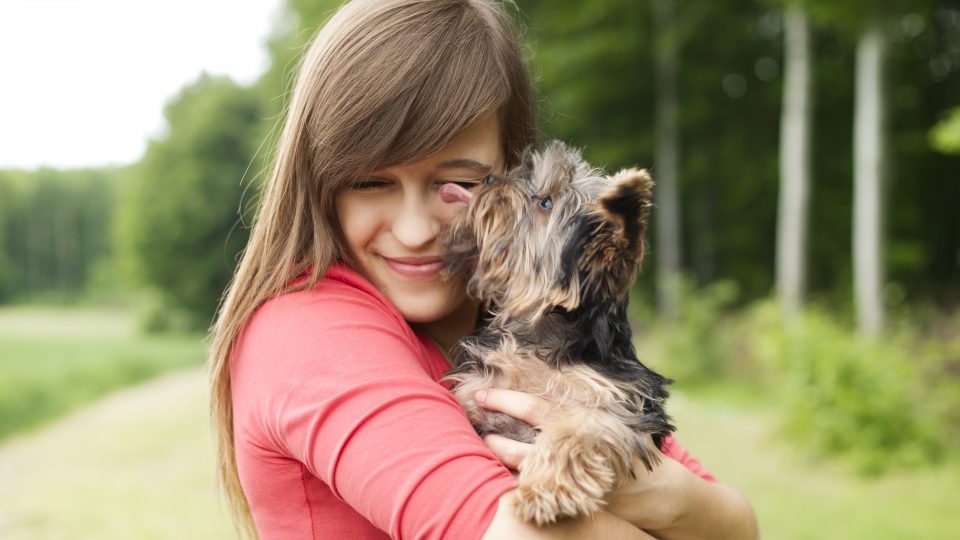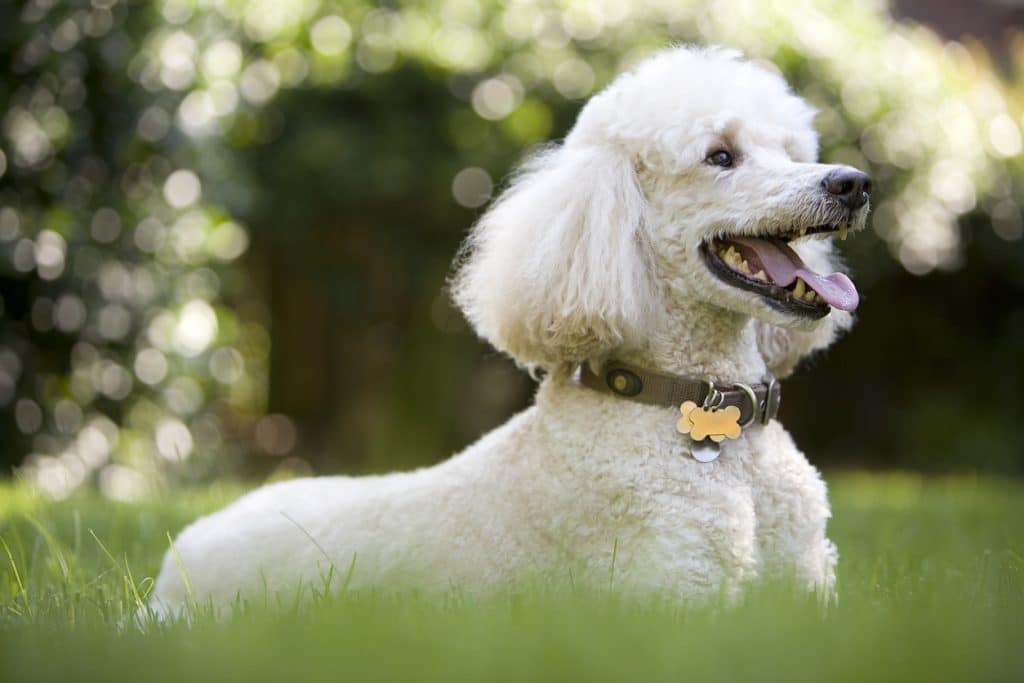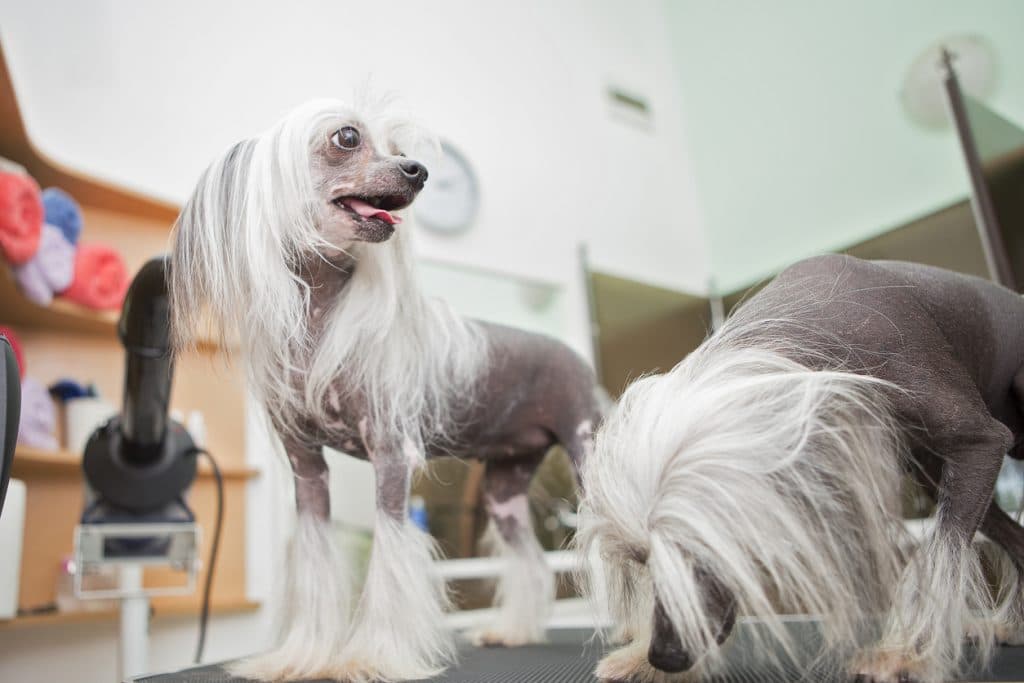- Not a substitute for professional veterinary help.
About 10% of the human population is allergic to dogs and that number rises to 15-30% for people with other allergies or asthma. People have been touting hypoallergenic dogs as the panacea to dog allergies since Wally Conron bred the first allergy-free Labradoodle seeing-eye dogs for a family with dog allergies.
Unfortunately, however, current scientific research suggests that dog allergies are quite often unique to each dog and human. The good news is that an allergy sufferer is likely to have a good chance of success with their breed of choice, and you can easily get any potential new pet tested (dander and urine) with a possibility of a good match. The bad news is that choosing hypoallergenic dogs is no guarantee of a sneeze-free lifestyle.
What sets hypoallergenic dogs apart from the pack is that they have a hair coat versus a fur coat. These hair coats usually appear in one of thee styles: luxurious long coats that hold less dander, curly and wirehair coats that hold dander in tightly between grooming sessions, and hairless hounds with almost no place for dander to stick at all.
Dog breeds sporting hair have a few unique advantages, including a slower-growing coat with less overall shedding and an innate need for constant grooming, which eliminates dander and other allergens (preferably at the groomer’s salon and not in your house).
The problem, though, is that defining who belongs on the list of hypoallergenic dogs is difficult. It’s not just the amount of hair or dander a dog spreads around, but also the concentration of the protein allergen in the dog’s dander, saliva, and waste that sets off an allergy sufferer. These traits vary by individual far more than by breed.
If your pet allergies are mild, allergy shots or antihistamines might be enough to keep you breathing easy. Washing hands after every interaction with your pet and avoiding touching the face can also make a big difference in how well you tolerate a dog allergy.
Hypoallergenic Dogs Are Just the Start: Tips for Reducing Dander
- Feed your dog a high-quality food with a fish oil or omega fatty acid supplement to minimize dander. Some recommend adding Brewer’s Yeast for trace minerals.
- Get your dog bathed and groomed regularly, and if you do it yourself, do it outside of the home.
- Clean surfaces and vacuum regularly with a HEPA filter. A dust mask can make this chore less troublesome for allergy sufferers.
- Hypoallergenic pillow and mattress covers under your regular sheets can ensure allergens go out with the wash and don’t linger in your bed to harass you while you get your 8 hours of sleep. Keeping the dog out of the allergy sufferers bedroom entirely is even more effective.
- Wash all items the dog comes in contact with hot water and bleach.
- Upgrade all air filters, air conditioner filters and furnace filters to a HEPA certified version and change often.
- Open windows frequently to air out your house and increase air circulation.
- Carpets, rugs, drapes, and upholstery are all known for holding on to allergens. Consider removing the wall to wall and upgrading to tile or hardwood with a minimum number of washable rugs in rooms pets frequent. If your dog is allowed on the couch, consider moving to leather with a washable throw blanket for him to lie on.
Most importantly, keeping other allergies at bay can significantly reduce allergy responses from pets.
Avoiding common food allergy triggers such as dairy (or whatever your allergist recommends) boosts your immune system overall and reduces inflammation, as well as Vitamin C and a diet rich in anti-oxidants.
If you don’t have a dog yet, consider having hair and urine samples tested before you take a new pet home. If you already have a dog, getting him tested can help you best avoid your particular triggers.
Some studies show that up to 14% of dogs in shelters are relinquished due to allergies in the home! A little prevention and maintenance could help more people and dogs live together in harmony.
Further Reading
26 Dogs that Don’t Shed: Your Complete Guide to Fur-Free Cuddles
10 Practical Ways to Control Your Pet Allergies when You’re a Dog Owner





